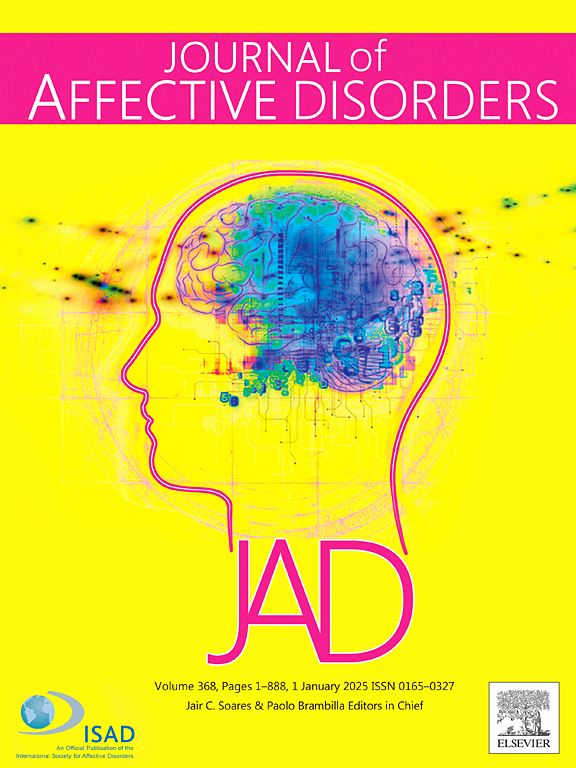An umbrella review and meta-analysis of 87 meta-analyses examining healthcare workers' mental health during the COVID-19 pandemic
IF 4.9
2区 医学
Q1 CLINICAL NEUROLOGY
引用次数: 0
Abstract
During the COVID-19 pandemic, healthcare workers (HCWs) experienced several changes in their work (e.g., longer hours, new policies) that affected their mental health. In this study, an umbrella review and meta-analysis of meta-analyses was conducted to examine the prevalence of various mental health problems experienced by HCWs during the COVID-19 pandemic. We conducted a systematic review searching PubMed, EMBASE, PsycINFO, Cochrane Library, and Scopus databases (PROSPERO: CRD42022304823). We performed a meta-analysis to summarize prevalence of different mental health problems and examined whether these differed as a function of job category, sex/gender, sociodemographic index (SDI), and across time. Eighty-seven meta-analyses were included in the umbrella review and meta-analysis, including 1846 non-overlapping articles and 9,400,962 participants. The overall prevalence ratio for the different mental health outcomes ranged from 0.20 for PTSD (95 % CI: 0.16–0.25) to 0.44 for burnout (95 % CI: 0.32–0.56), with ratios for depressive symptoms, anxiety symptoms, psychological distress, perceived stress, sleep problems, and insomnia symptoms falling between these ranges. Follow-up analyses revealed little variation in outcomes across job category, and sex. Prevalence of mental health problems in HCWs was high during the pandemic. Administrators and policymakers worldwide need to address these growing problems through institutional policies and wellness programming.
求助全文
约1分钟内获得全文
求助全文
来源期刊

Journal of affective disorders
医学-精神病学
CiteScore
10.90
自引率
6.10%
发文量
1319
审稿时长
9.3 weeks
期刊介绍:
The Journal of Affective Disorders publishes papers concerned with affective disorders in the widest sense: depression, mania, mood spectrum, emotions and personality, anxiety and stress. It is interdisciplinary and aims to bring together different approaches for a diverse readership. Top quality papers will be accepted dealing with any aspect of affective disorders, including neuroimaging, cognitive neurosciences, genetics, molecular biology, experimental and clinical neurosciences, pharmacology, neuroimmunoendocrinology, intervention and treatment trials.
 求助内容:
求助内容: 应助结果提醒方式:
应助结果提醒方式:


